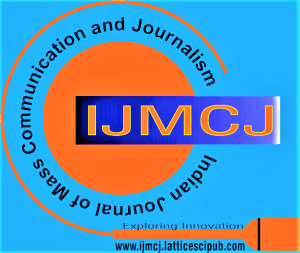![]()
Future Vision: How to use Information and Communication Technology to Develop Continuing Education Programs
Maha Mustafa Omer Abdalaziz
Dr. Maha Mustafa Omer Abdalaziz, Assistant Professor, Department of Mass Communication, School of Arts and Social Sciences, Aldar University Collage, Dubai.
Manuscript received on 07 August 2021 | Revised Manuscript received on 12 August 2021 | Manuscript Accepted on 15 September 2021 | Manuscript published on 30 September 2021 | PP: 1-9 | Volume-1 Issue-1, September 2021. | Retrieval Number: A1001091121/2021©LSP
Open Access | Ethics and Policies | Cite | Mendeley | Indexing and Abstracting
© The Authors. Published by Lattice Science Publication (LSP). This is an open-access article under the CC-BY-NC-ND license (http://creativecommons.org/licenses/by-nc-nd/4.0/)
Abstract: The study aims to try to identify the extent of interest in the state of scientific progress and distinctive technological development to be achieved without the availability of two basic ingredients, one of which is the presence of visions and clear plans. On the development of human resources, the establishment of the information and communication infrastructure, and the introduction of information and communication technology in the various stages of education, especially with regard to continuing education, in order to achieve economic, social and cultural development of society; and knowledge of the necessity and atmosphere System of laws and mechanisms of facing the challenges and developments that employ ICT under a new international system based on technological development. And that the information and communications technology industry in some countries has become an economic weight up to the extent that it has become the dominant industry, and that it has replaced heavy and transformational industries, and this was predicted by economists since the emergence of communications and information technology will be an existing basic economy for most countries and therefore must be transformed How to develop education through this technology.
Keywords: Use, Technology, Information, Communications, Continuous Education
